Invited Speakers
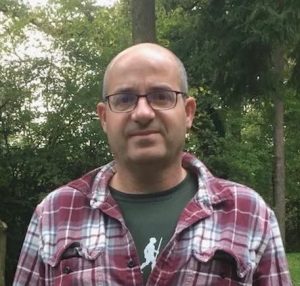
Expertise
Developing and using new experimental techniques to study the interaction between molecules and surfaces.
Magnetically manipulated atomic and molecular beams.
Quantum-state controlled molecule-surface collisions.
Measuring and modelling atomic-scale surface dynamics.
Tutorial Lecture
Using magnetic fields to manipulating atomic and molecular beams; trajectory deflection and coherent control techniques.
Research Lecture
Controlling energy exchange during a dihydrogen-surface collision using quantum state resolved rotational orientation control.
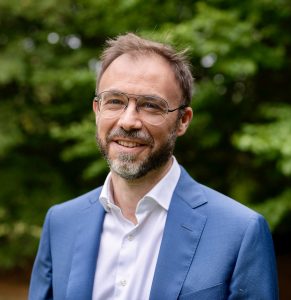
Mirko Cinchetti
Affiliation
Universität Dortmund, Germany
Homepage
Expertise
Prof. Mirko Cinchetti is a professor at the Faculty of Physics at TU Dortmund University, where he leads a research group on ultrafast spin dynamics in low-dimensional systems. His work focuses on understanding and controlling elementary excitations in low-dimensional magnetic systems, with a particular emphasis on van der Waals materials and their interfaces. Using advanced time-resolved spectroscopic techniques, the Cinchetti group contributes to the development of novel concepts in spintronics, quantum materials, and hybrid nanostructures.
Tutorial Lecture
Capturing ultrafast spin phenomena: An Introduction to Time-Resolved Magneto-Optical and Photoelectron Spectroscopy
Research Lecture
Coupling of light to spin excitations in low-dimensional magnetic systems
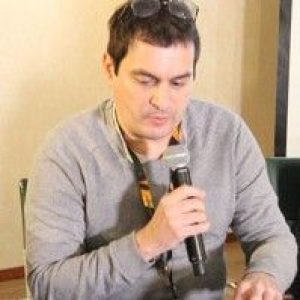
Fabien Gatti
Affiliation
Université Bourgogne, France
Homepage
Expertise
Fabien Gatti is a Research Professor at the University of Burgundy. His main interest is the simulation of high dimensional quantum dynamics mainly with MCTDH. In this framework, he is an expert of the description of large amplitude motions in molecular processes.
Tutorial Lecture
Quantum description with the Multi-Configuration Time-Dependent Hartree (MCTDH) method in Surface Science
Research Lecture
TBA
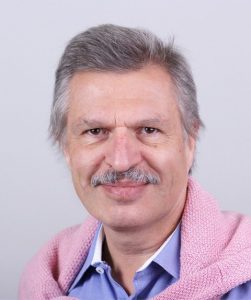
Eckard Hasselbrink
Affiliation
Universität Duisburg-Essen, Germany
Homepage
Expertise
Time-resolved vibrational spectroscopy at surface. Sum-frequency generation spectroscopy, Self-assembled monolayers, Langmuir-Blodgett films
Tutorial Lecture
What can vibrations tell us about chemical dynamics at surfaces?
Research Lecture
TBA
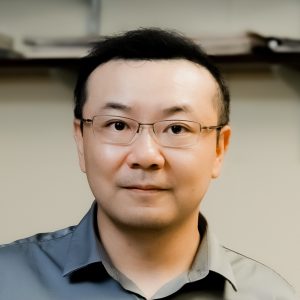
Nan Jiang
Affiliation
University of Illinois Chicago, USA
Homepage
Expertise
We are developing a hybrid technique, which combines nanoimaging and nanospectroscopy, to harvest sub-molecular resolution topographic information and chemical information with unprecedented spatial and spectroscopic resolution. STM can provide quantitative information on surface morphology, such as the locations and binding configurations of molecular adsorbates on solid substrates. Then our TERS spectroscopic signals will be strongly enhanced by plasmonic probes, providing us with the ability to follow single-molecule processes at specific binding sites on solid surfaces. Our novel methods not only provides new fundamental insight into the mechanistic studies of chemical reactions, but also guides the rational design of complex systems at the interface of chemistry and materials science.
Tutorial Lecture
Tip-Enhanced Raman Spectroscopy: Chemical Characterization from Nanoscale to Angstrom Scale
Research Lecture
Probing Local Structural and Chemical Properties of Two-Dimensional Materials via Scanning Tunneling Microscopy Combined Tip-Enhanced Raman Spectroscopy
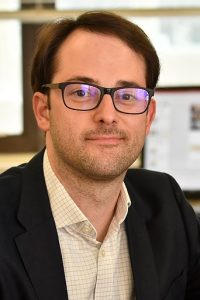
Reinhard Maurer
Affiliation
Universtiy of Warwick, UK
Homepage
Expertise
Our research focuses on the theory and simulation of molecular reactions on surfaces and at interfaces. We study the structure, composition, and reactivity of molecules interacting with solid surfaces. Using quantum mechanical simulation methods, such as Density-Functional Theory, our goal is to find a detailed understanding of the explicit molecular-level dynamics of molecular reactions as they appear in heterogeneous catalysis, photochemistry and nanotechnology. Our method development efforts target the efficient simulation of nonadiabatic and quantum effects in large surface-adsorbate systems, complex surface nanostructures, and gas-surface dynamics.
Tutorial Lecture
State-of-the-art simulation methods for chemical reaction dynamics at surfaces
Research Lecture
Ultrafast dynamics at surfaces with physics-informed machine learning
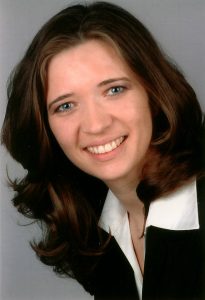
Swetlana Schauermann
Affiliation
Christian-Albrechts-Universität zu Kiel, Germany
Homepage
Expertise
Her current research focuses on atomistic-level understanding of heterogeneously catalyzed reactions occurring on a variety of well-defined model surfaces, including nanostructured model catalysis, oxide-based materials and interfaces functionalized with organic ligands, both in UHV and under ambient pressure conditions. She addresses both the mechanistic aspects of heterogeneous catalysis and kinetics and thermodynamic of surface processes by employing spectroscopic, microscopic and molecular beam techniques as well as single crystal adsorption calorimetry. The current research topics are centered around ligand-directed catalysis on functionalized surfaces for chemoselective hydrocarbon transformations, molecular systems for reversible green hydrogen storage and CO2 conversion towards renewable fuels and value-added chemicals on oxide-based materials.
Tutorial Lecture
Surface Science Approach for Understanding Heterogeneous Catalysis: Combination of Spectroscopic and Microscopic Techniques
Research Lecture
Molecular Systems for Reversible Hydrogen Storage

Nahid Talebi
Affiliation
Christian-Albrechts-Universität zu Kiel, Germany
Homepage
Expertise
The central focus of Talebi’s research is to explore light-matter interactions at the nanoscale, by developing and using advanced techniques based on free-electron interactions with light and matter, cathodoluminescence spectroscopy, and photoluminescence spectroscopy. Particularly, the optical response of two-dimensional materials, heterostructures of two-dimensional and bulk materials, and two-dimensional materials in plasmonic and photonic cavities are extensively studied. Talebi’s group has expertise in theoretical and numerical electrodynamics and has developed a Maxwell-Schrödinger framework to explore the quantum aspects of electron and light interactions. On the experimental side, she and her group have proposed and realized a drastically different approach for exploring the dephasing dynamics of material excitations based on the sequential interaction of electron beams with electron-driven photon sources and the sample.
Tutorial Lecture
Characterizing the Optical Response of Two-Dimensional Materials with Electron Beams
Research LectureTBA
News
01.04.25 Flyer
01.04.25 Registration open
Important Dates
Deadline for Registration
01.09.2025
Organizing Committee
Oliver Bünermann, Georg-August Universität Göttingen
Tim Schäfer, Georg-August Universität Göttingen
Sponsors


![Logo_komplett_r_vekt_Farbe Kopie [Konvertiert] Logo_komplett_r_vekt_Farbe Kopie [Konvertiert]](https://www.icasec.uni-goettingen.de/wp-content/uploads/2015/12/Uni-Goettingen-Logo-4c-RGB-600dpi-300x53.jpg)

